When Hellblade: Senua’s Saga came out in 2017, I did not know what to expect. What I found, ultimately, was a gripping tale of guilt, loss, love, and mental health. The combat, while simple, was engaging with hidden depths to them. And, who can forget the standout feature of this game, the binary audio that helped put you in the shoes of the protagonist Senua and her headspace and mental illness of psychosis?
So, in 2019, when the sequel was announced and I saw the direction the story was going – bigger cast, more grand scope – I was excited but also cautious. Could they pull it off?
So, the question is: Did they?
Graphics
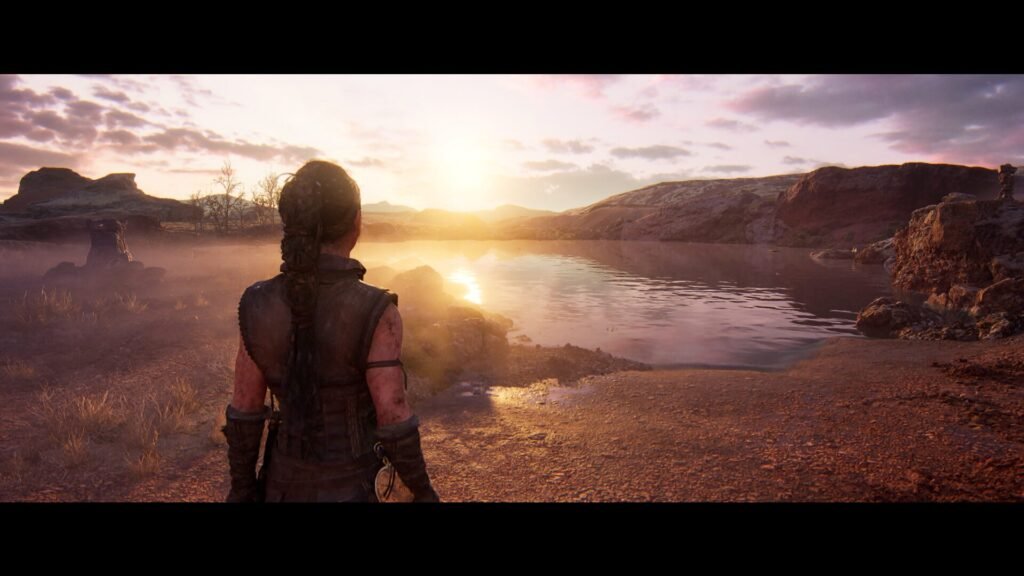
Unreal Engine 5 already looked incredible in a demo released in 2020, and then the Matrix Awakens from 2021 blew me away. But this, this is something else. From subtle facial expressions and emotions conveyed through motion capture to the freedom to position the camera anywhere within cutscenes using photo mode, to even adjusting light sources within that mode for perfect scene lighting, and finally, to the intricate textures and lighting overall – this game achieves a level of realism that’s nearly uncanny.
Can I tell it’s a game? Of course. However, the use of Unreal Engine 5, the meticulous recreation of real-world locations through scanning, and the absence of a HUD create a remarkably cinematic experience. The letterbox effect caused by the lack of ultrawide support further amplifies this feeling on my setup.
This is also true for the cutscenes, which, like in the first game and God of War (2018), are all presented in a single, unbroken take. This enhances immersion by eliminating any cuts and creating a seamless experience.
Overall, the graphics are stunning, especially the lighting, showcasing the impressive advancements in gaming visuals.
Combat
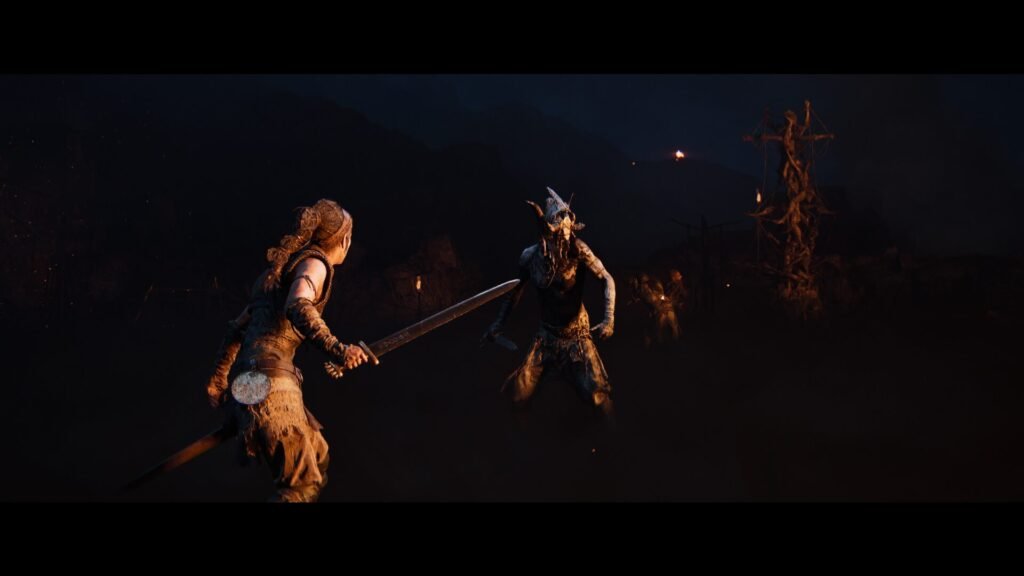
The combat remains largely unchanged from the first game, but it feels more refined. Attacks are faster, animations smoother, and you engage enemies one-on-one, preventing unfair situations. The Furies, the voices of psychosis in Senua’s head, alternate between criticizing and supporting you. Instead of adding unnecessary complexity, the sequel wisely opts for a more polished and balanced experience. This “safer” approach may not be groundbreaking, but it ultimately benefits the combat system.
Everything feels sharper and more brutal, from the impactful sounds of attacks to the visceral finishing moves. The combat effectively showcases Senua’s warrior spirit and unwavering drive for survival and achieving her goals. By retaining the familiar mechanics and controls from the first game, returning players can easily jump back in, while newcomers can quickly grasp the intuitive controls and learn the system as they play.
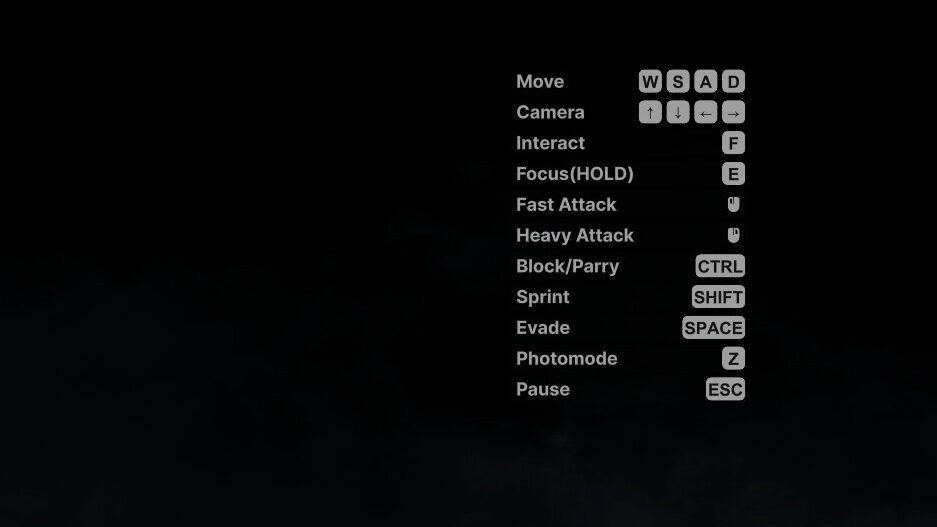
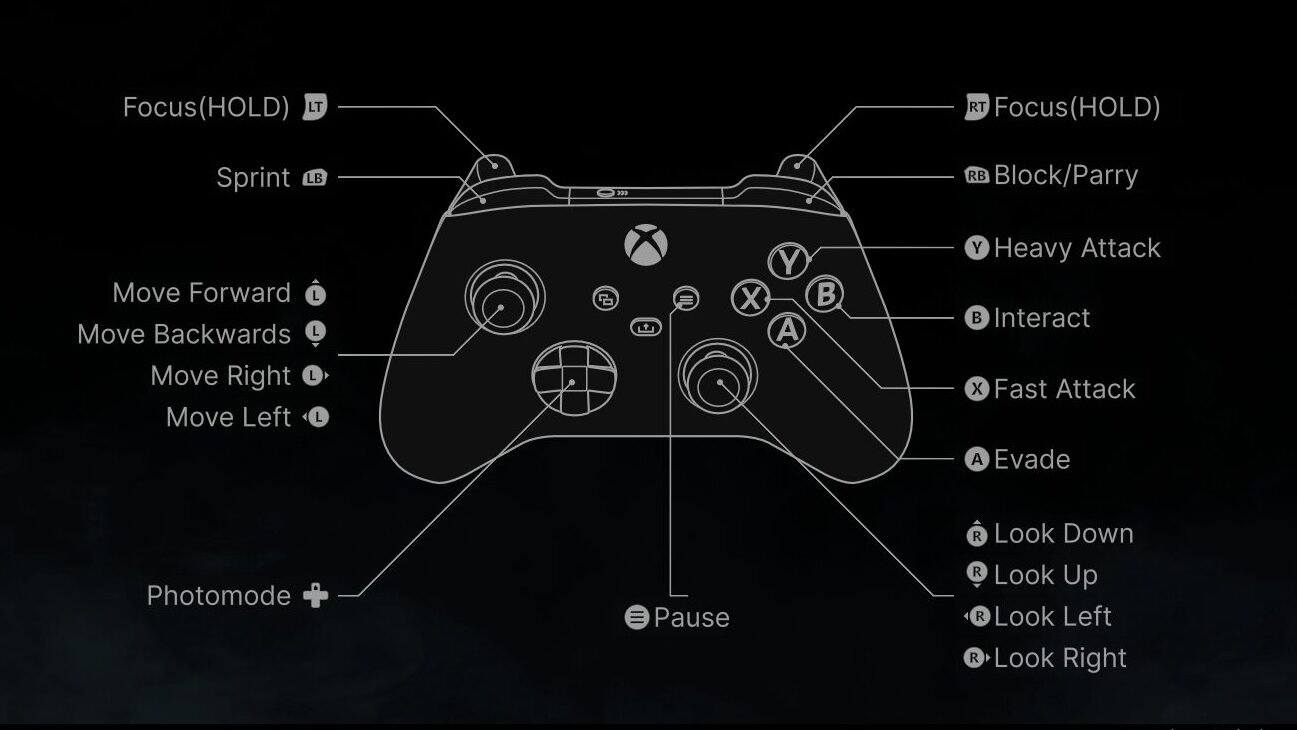
While enemy variety is somewhat limited, you’ll encounter several distinct types: sword wielders, heavier fighters with axes or greatswords, firebreathers and torchbearers, and axe wielders who can attack from afar. Despite their limited number, each enemy type presents unique challenges you must overcome on your journey.
Story
The Story of Hellblade: Senua’s Sacrifice was a personal one. It contained gods and monsters, but at its core, it was about Senua and her want to save her love, Dillion. At the end of the first game, she accepted the Furies as a part of her and proclaimed to the audience that this was our story too.
And, to an extent, she was right. Senua’s Saga has a grander scale, throwing you into the deep from the end to the start. Senua allows herself to be captured as a slave before the world crashes around her, leaving the Furies as her sole reason for survival, her shadow still haunting her every step.
The scale of the story is also felt with her goal, of helping those in need and trying to stop the Northmen from hurting other people like they did to her tribe. That quest is interrupted when she finds herself forced to work with her enemy. From there, the story introduces two other companions – both of which are played well and tie into themes of empathy, understanding, and perspective; along with having their small arcs – meaning that the cast is not huge, but having Senua have people to react and talk to is an interesting dynamic (with the first only having the Furies as company). And one that does not take away, but rather add, due to having these be thematically important characters with their traumas.
These thematic ideas are also shown through the boss fights. They are less focused on combat, and instead on empathy, understanding – and, gameplay-wise, timing – with you learning about each one. The music as well is key here, with returning composer David García
Díaz with help from Heilung, creates eerie but impactful tracks. This is especially crucial during boss fights, with the music cueing you when to hide or interact with the environment to survive.

As for the Furies, they are still as well done as ever. The binary audio recordings of them still help place you inside Senua’s headspace and understand her conflicting emotions and parts of herself. They aid you less in combat as they did the first, this time being a sort of coach for you – degrading you and supporting you when things go both wrong and right – and helping you the player understand plot points and motivations on a deeper level. It’s a clever move from a writing, audio, and gameplay perspective, interlinking all three seamlessly.
Puzzles

Like Senua’s Sacrifice, Senua’s Saga features puzzles that require players to find matching letters or runes in the environment to progress. However, especially as you can see in the image for this section, the game continues to build upon what came before with these puzzles. At a critical moment in the story, Senua faces a series of tests that involve trippy visuals, such as reflections and shifting environments. These tests also introduce a new puzzle feature: a floating bubble that, when focused on, further alters the environment.
This adds a new dimension to the puzzles, as you must now track which locations have been activated and which remain inactive (unused locations have outlines to indicate what will be added or removed when activated).
There is also a puzzle about light similar to the tower in the first game. In these puzzles, you use your torch to light specific braziers, and you manipulate bubbles to alter the landscape and uncover hidden items. Another variation requires you to keep your torch lit to ward off the darkness. It makes for tense moments with your bad visibility and having to find places to pace the torch through so you can stay in the light.
Conclusion
Hellblade II: Senua’s Saga is a game all about cinematic immersion. With seamless transitions between cutscene and gameplay, stellar performances, breathtaking visuals, stunning audio design, and a story that delves deeper into Senua’s headspace while giving her damaged friends to aid her in her quest, the scale seems massive, yet it never loses focus on Senua’s journey. Nor does it get lost in the scale of the game and story, instead, it showcases it, and lets you absorb it, before plunging you further into another nightmare. In a year with relatively few big game releases, Senua’s Saga is one that I would implore to be a hit and a blockbuster amongst giants such as Call of Duty and Grand Theft Auto. This project is auteur theory in motion. It is unapologetically itself. And that, alone, makes it stand out as a true winner.














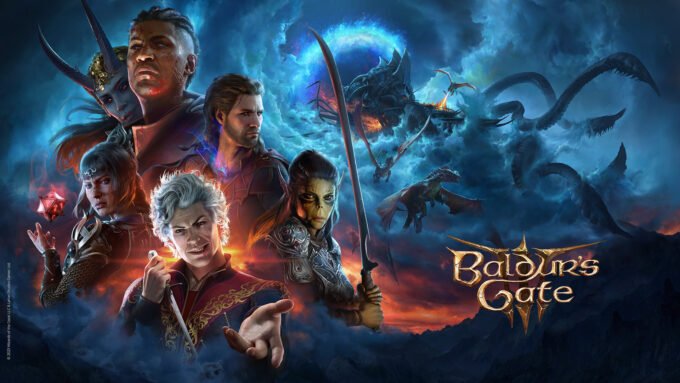


Leave a comment